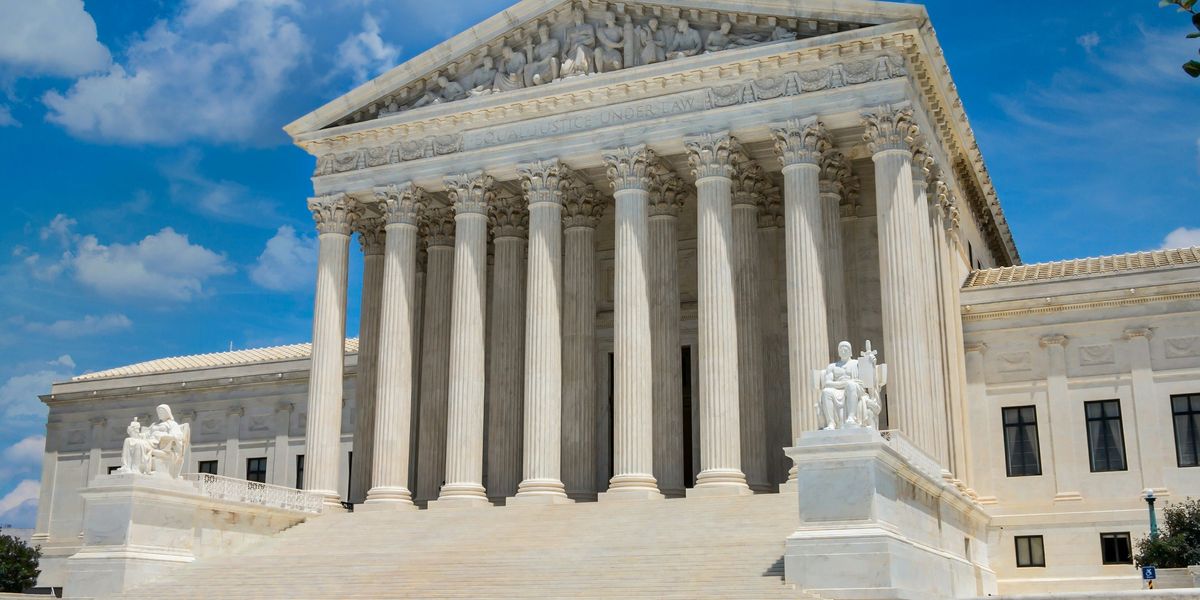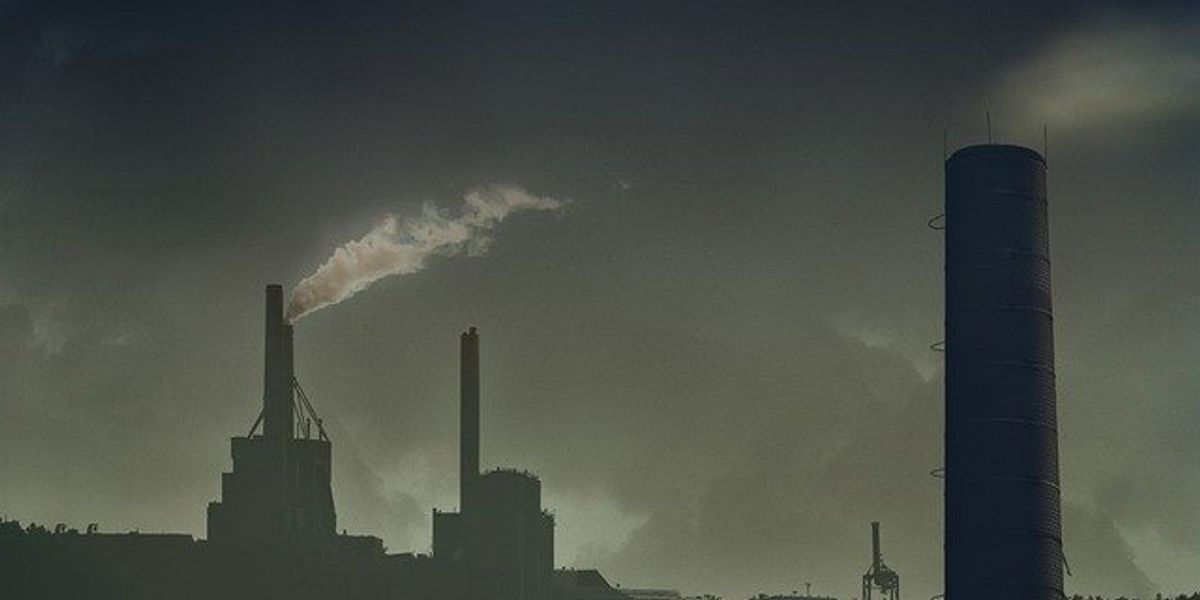lake charles
Louisiana town faces climate crisis as hurricanes intensify
After decades of destructive storms, Lake Charles is grappling with the climate realities tied to its oil and gas-driven economy as its most iconic building, the Capital One Tower, was recently demolished.
In short:
- The Capital One Tower in Lake Charles, symbolizing the city's energy industry, was destroyed after years of storm damage.
- Hurricane Laura in 2020 caused severe damage, accelerating climate migration as residents moved away from the hurricane-prone region.
- As the city braces for future storms, residents increasingly see climate change as a driving force behind their economic and physical challenges.
Key quote:
“If I could go back in time and have Hurricane Laura never hit Lake Charles, I would do that. However, we are living in the world we are living in today.”
— Nic Hunter, mayor of Lake Charles
Why this matters:
Lake Charles shows how climate change is reshaping cities dependent on fossil fuels. As hurricanes intensify, other areas may face similar economic and environmental crises, forcing difficult choices on rebuilding and relocation.
Read more: TV News plays catch-up on the climate-hurricane link.
How the government is failing Americans uprooted by natural disaster
How the government is failing Americans uprooted by natural disaster
As natural gas expands in Gulf, residents fear rising damage
Greenhouse gases are raising global temperatures and fueling extreme weather, including storms like those that pummeled Lydia Larce’s hometown.
‘Right this wrong’: Gov. John Bel Edwards, Lake Charles in last push for disaster aid
It’s been a dispiriting and increasingly desperate Hail Mary by this hurricane-battered region that takes pride in picking itself up by its bootstraps. But local officials say they have little choice but to try again.



















